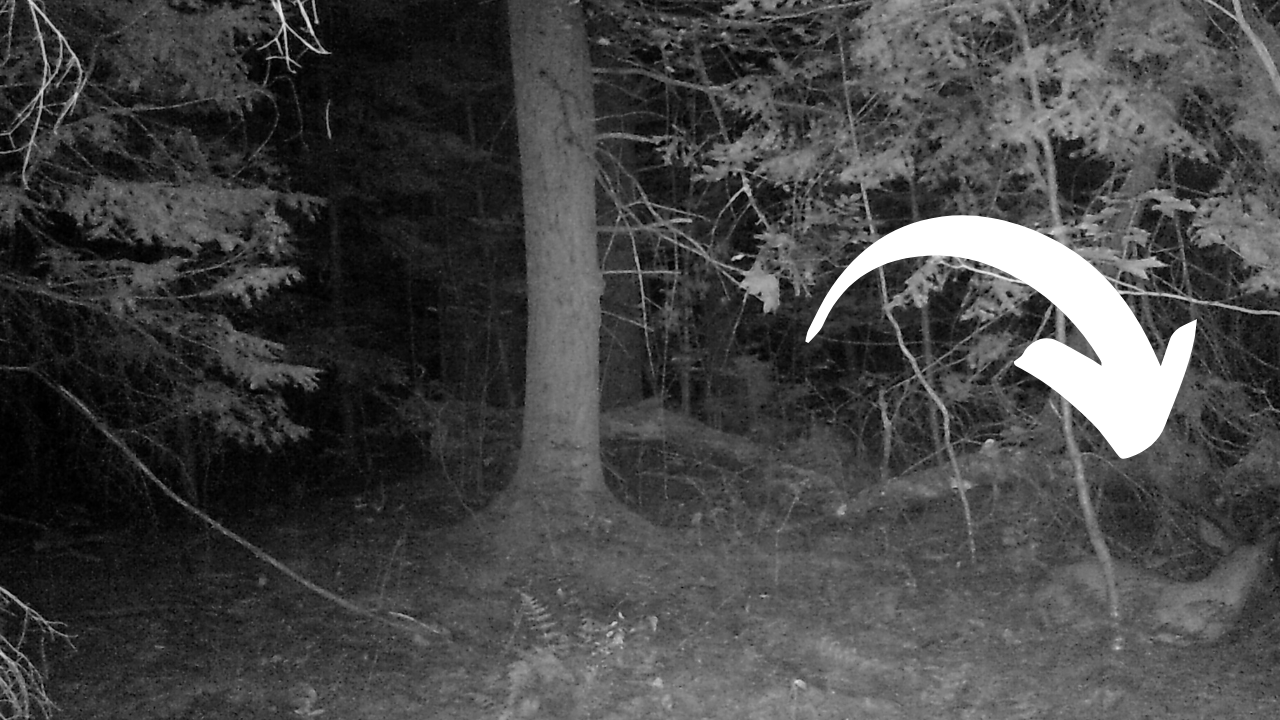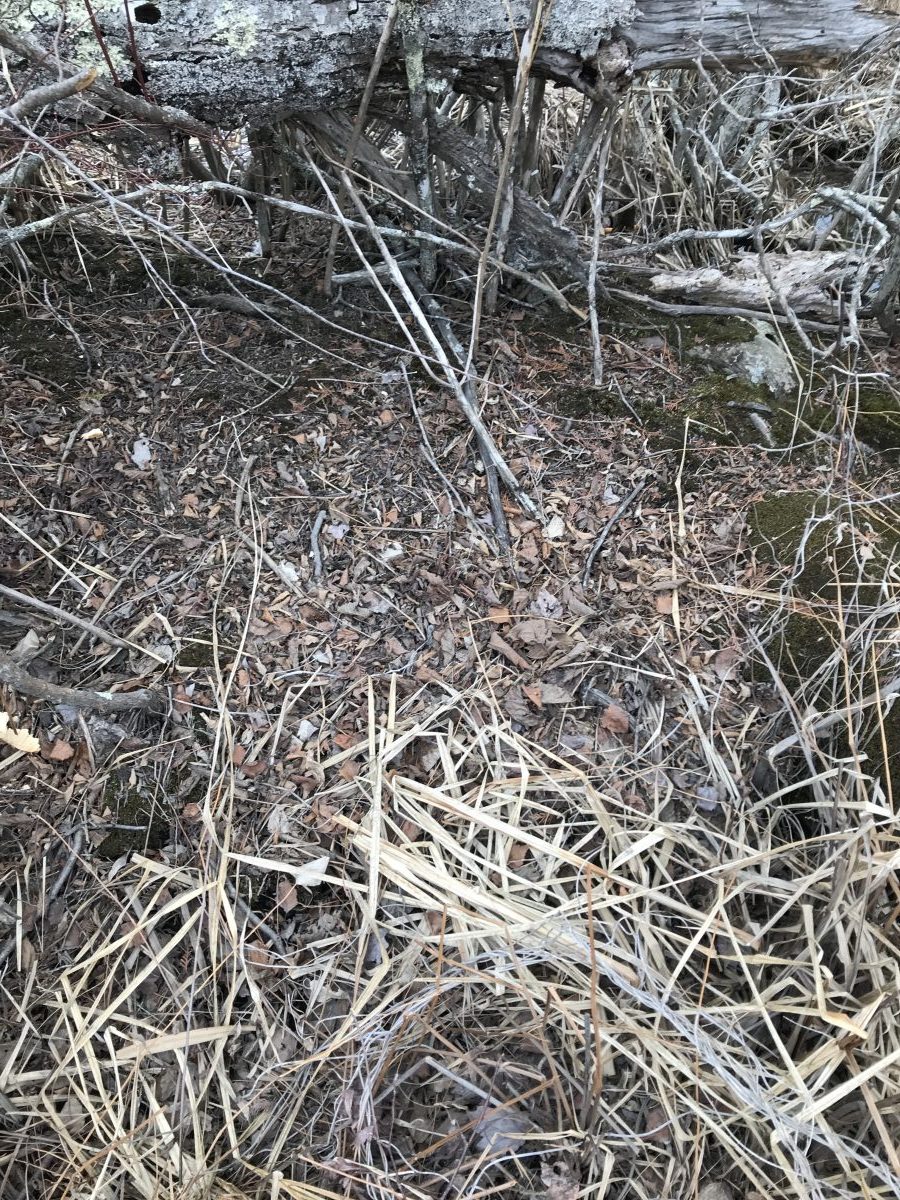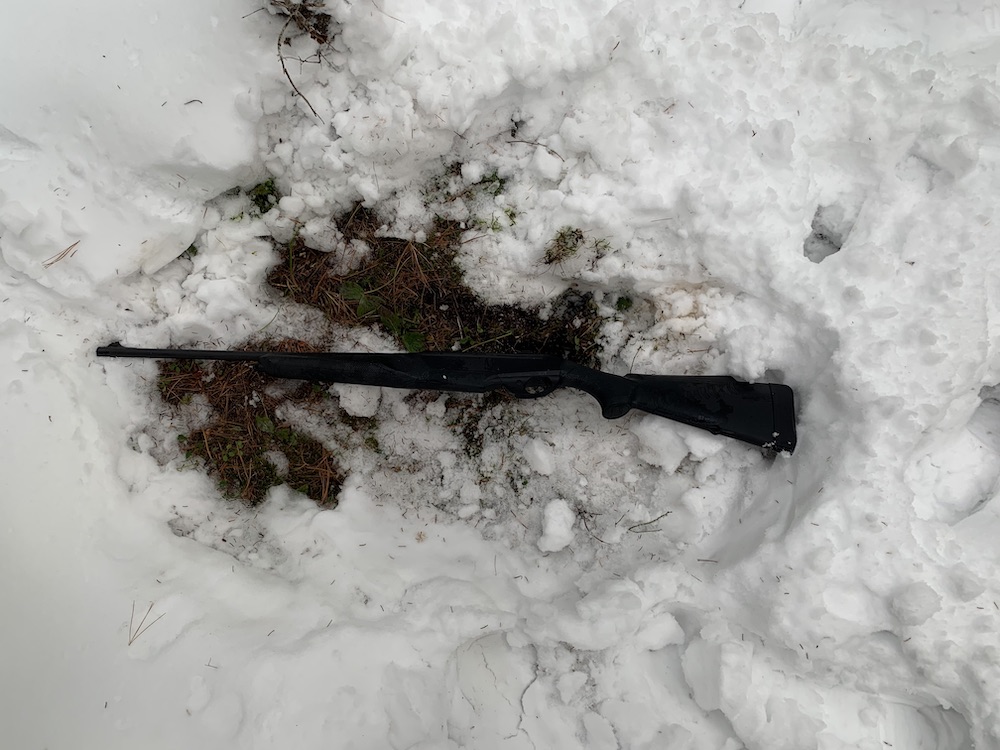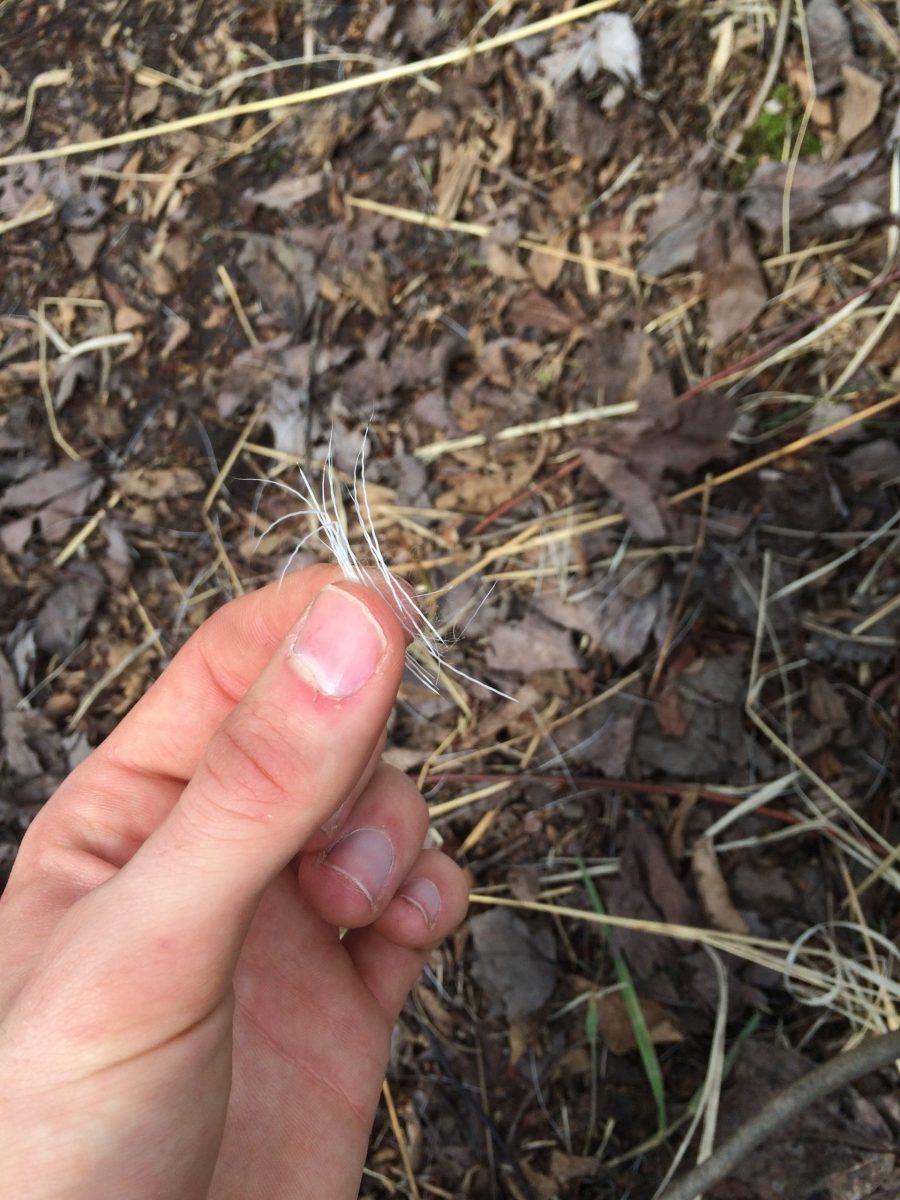Last Updated on May 30, 2024 by Jason Tome
I define high-quality bedding areas as an area that provides excellent protection in the form of security from hunters and predators, so much so, that mature bucks feel safe and relaxed. However, in this definition, I include proximity and availability to does, food sources, and water. The more readily available these are, the higher the quality of the bedding area.
I’ve written many articles mentioning high-quality deer bedding areas without actually writing an article on the subject itself. That’s where this article comes in. In this article, we’ll be diving into just what high-quality bedding areas are and how you can use them to your advantage as a hunter.
Understanding what makes a deer bedding area high-quality isn’t complicated, but there are some key concepts to understand to put the deer bedding puzzle together. In my experience, I’ve found that five main factors influence where deer like to sleep:
- Habitat Availability
- Habitat Type
- Hunting Pressure
- Bucks vs Does
- Time of Year
Table of Contents
High-Quality Bedding Areas Components
Deer are looking to get the most bang for their buck (pun intended) when it comes to habitat availability, they don’t want to expend unnecessary energy. High-quality habitat will provide deer with everything they need to survive and more. This includes food, water, and shelter. This is convenient for deer because these three usually go hand-in-hand. Deer will be more likely to bed in or near areas with abundant high-quality habitat.
Deer Bedding and Food Sources
Food can be found in many forms, but having a high stem count, in other words, thick cover with vegetation at deer height provides deer with an abundance of food. Both bucks and does will bed near high-quality food sources, which makes food an important habitat component for determining where deer will bed during the day. They will bed slightly differently though, more on this later.
Deer Bedding and Water Sources
Although food is an important factor when narrowing down where deer bed, you will also want to take water into the equation. An area could have all of the food in the world, but if there is not a decent water source nearby then deer won’t be bedding close by. If an area has food and water then that’s a good start. You may find does and fawns inhabiting areas with just these two ingredients. Bucks are pickier, as we’ll get into later in this post.
Deer Like To Bed Down Within High-Quality Shelter
The third and most important tier that will help you determine where deer bed is shelter. Deer gravitate to thick areas to bed down during the day. This is because thick cover provides deer with the most security from hunters and other predators. It also reduces their stress levels.
They do not come in contact with people as often and feel safe because they are hidden. For this reason, habitats that have dense cover, plenty of nutritional food, and water nearby will likely have deer bedding in them or near them. Having dense cover is especially important for bucks because they prefer to bed in more concealed and isolated areas than does and fawns.
My article 21 Best Plants Deer Hunters Should Know is helpful for hunters to start learning what vegetation makes up high-quality deer habitat.

Deer Bed Down In These Habitats
Depending on the characteristics of the landscape, deer may lean towards either wetlands or uplands for bedding.
Deer Bed Down In Swamps
Swamps are a classic deer bedding area because the vegetation density in swamps/wetlands is usually much higher. This is also where more nutritionally dense food is found because water can break down and transport the nutrients more effectively. Because the vegetation is thick and offers high nutrition, deer will often seek the security cover of swamps. Deer will often spend most of their day bedded on high points or dry hummocks in swamps and then come out of the swamp at night to find better nearby forage.


Deer Bed on Mountains and Points of Ridges
In areas where wetlands are less prevalent, deer will bed in upland areas. These upland areas usually consist of mountain knobs/ridges. Deer will bed in these areas but will still make sure to keep the odds in their favor when they’re bedded down. Knobs on mountains or points of ridges will give deer a visual advantage. Also, deer will use the wind and thermals to their advantage more in these settings because they don’t have as much cover as they do in swamps. For this reason, deer will change where they sleep depending on which way the wind is blowing.

Deer Bedding Habitat Can Be Found Using Google Earth Pro
You can often predict with great accuracy where deer will be bedding using Google Earth Pro Imagery. This is done by using aerial imagery, topography, and vegetation color. For more on how to do this, I’ve written an article and made a YouTube Video.
Hunting Pressure Will Change Deer Bedding Behavior
Urban & Suburban Deer Bedding
Hunting pressure has a huge effect on where deer bed. If hunting pressure is high deer will leave and bed in new areas that have less pressure. They’re not going to stick around in a high-stress environment. When hunting pressure is high deer may bed in very thick cover, so thick that 90% of humans would never think about going in there. Other times they may wander into a wildlife preserve where they’ve found they are safe. They may also hide in overlooked areas, like the thick cover right next to a parking lot. If you want to learn more about how deer react to hunting pressure, you’ll like this article I wrote about how to find pressured bucks.
Where Deer Bed In Remote Areas
There is a difference between where deer bed in remote forest settings versus in more developed areas. In the big woods, deer don’t go back to the same general area every day to bed down. They roam more and since they have a lot of habitat at their disposal, they will often bed down anywhere they feel like. They will still keep the odds in their favor when they do bed down because they are used to other predators, like coyotes, but they don’t have their go-to bedding areas like they do a lot of times in more urban environments.
Buck vs Doe Bedding Differences
Another key aspect of bedding areas is understanding where each gender (buck vs doe) will bed based on what supports them best energetically. For example:
Does Bed For Food
Does and fawns have no problem bedding in more open areas as long as there is high-quality food nearby. Does will bed as close to high-quality food as they can without completely exposing themselves. This might be right on the edges of thickets that border crop fields or lush field greenery.
Generally, crop fields are going to produce the lushest and most nutrient-dense foods. Does are often found in these areas, and is the reason why most farms have deer issues with deer.
Does need a lot of food because they’re either pregnant and need a lot of healthy nutrients for their soon-to-be fawns or their fawns are born and they need to provide food. This is why does are often found closer to food, they have adapted to risk some security for the reward of good food.
Does and fawns also have a different defense strategy. Since there will be a doe and a fawn or two, they have more eyes and noses to detect danger. You’ll often see the bed impressions they’ve left close together but all looking in a different direction.
Bucks Bed For Security
Bucks are less worried about food. They prioritize security over food. Of course, they still eat their share but they are only eating for one. Because of this bucks are often found farther back into the “thick stuff” or at least in a more secluded/overlooked area. They don’t want to be disturbed at all during the day. Swamps, points of ridges, or even knobs on top of mountains. Bucks will often be the last to the food sources because they feel safest with the cover of darkness.

Time Of Year And Deer Bedding Areas
The time of year also plays a big role in where deer will be bedded. As the season changes, deer change their bedding locations.
Food Sources
Bedding areas change throughout the year because of changes in food sources. As the months progress, some food sources die and others start to produce. To reduce the distance traveled, and to position themselves in areas with better food, deer will shift where they bed.
Winter Bedding Areas
Also, as temperatures drop deer need to start thinking about new places to bed to maximize their energy reserves for winter. For this reason, deer will often move in the colder months to bedding areas with more thermal cover, like evergreen trees.
Deer Wintering Areas
Deer wintering areas are a great example of the shift in deer bedding as the season progresses. In the cold northern parts of North America deer will actually migrate. Once snow-depth starts to make them uneasy, they will head straight for a Deer Wintering Area. These deer-wintering areas will be used year after year if food is abundant enough.
High-Quality Bedding Area Summary
As you can probably tell, the link between food, water, security, and time of year are the key factors that determine where deer sleep. Hopefully, you’ve been able to glean some new information about deer bedding. Below is a bullet summary:
Bucks Bed In:
- Thick Cover
- Isolated Areas
- Deep In Swamps
- Points of Ridges
- Knobs on Mountains
Does & Fawns Bed:
- Near Food Sources
- Just Inside Thick Cover
- Edges Of Swamps
- Edges of Oak Flats & Oak Ridges
- Near Clear Cuts
- Edges Of Agriculture
